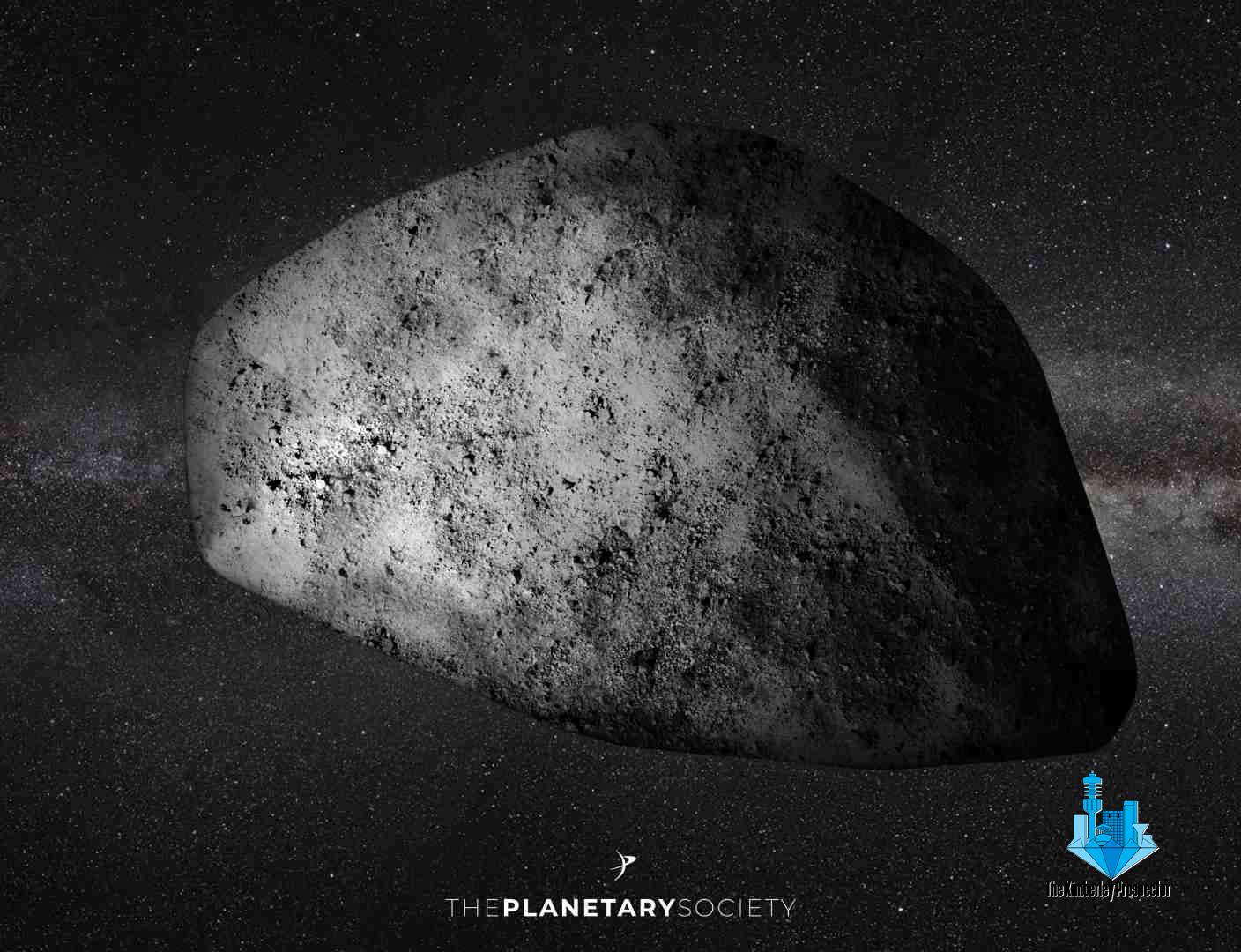In 2004, the asteroid Apophis made its debut into the public’s awareness, and it quickly gained notoriety for its potential to cause serious harm to Earth. Apophis is estimated to be about 1,100 feet (340 meters) across and was given a 2.7% chance of hitting Earth in 2029, drawing a great deal of media attention. Despite these concerns, additional observations have since shown that it will not hit Earth in 2029 or in 2036.
On April 13, 2029, Apophis is expected to safely pass close to Earth, within 19,794 miles (31,860 kilometers) from our planet’s surface. This will be the closest approach to Earth by an asteroid of this size that scientists have known about in advance. During this time, Apophis will be visible to observers on the ground in the Eastern Hemisphere without the aid of a telescope or binoculars, making it a sight to behold.
This event will be a remarkable opportunity for people to witness an asteroid in action, and it will also provide an opportunity for scientists to gain insight into the composition of Apophis. The asteroid has not been studied extensively, so the close pass will be a chance to observe its surface features, spin rate, and even the composition of its dust.
It is important to remember that while Apophis will not hit Earth in 2029, there are still other asteroids that could potentially pose a serious threat to our planet in the future. This is why it is so important for scientists to continue to study asteroids and other space objects, and why we should take this opportunity to appreciate the rare and remarkable sight of Apophis.
Tags: Apophis